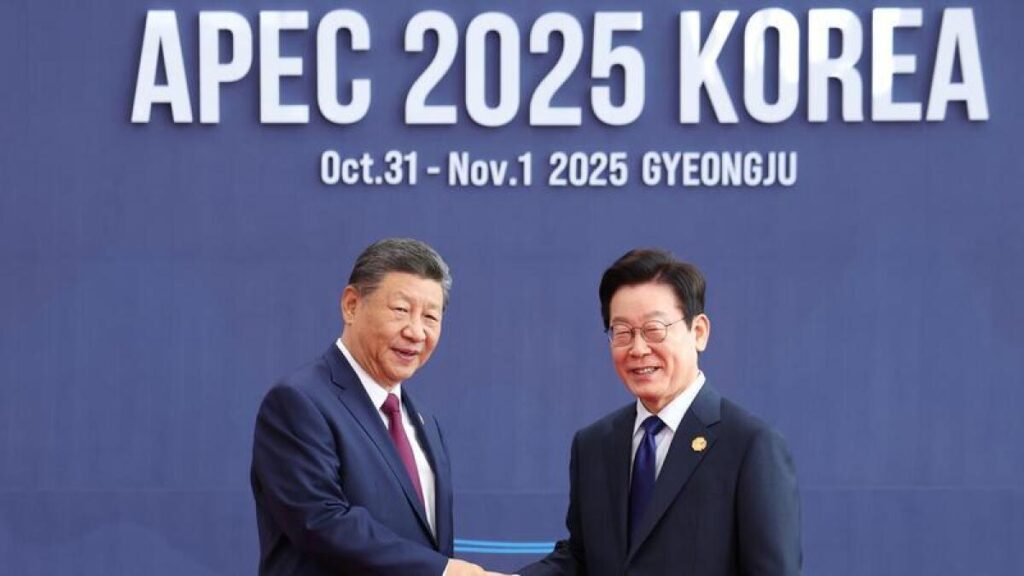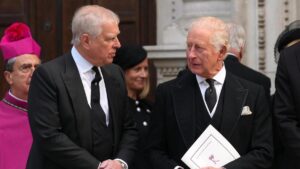
The recent APEC summit, held from November 17 to 18, 2025, in Bangkok, Thailand, was notably influenced by the high-profile meeting between Donald Trump and Xi Jinping. While Trump opted to skip the main summit activities, he characterized his discussions with Xi as a “roaring success.” The two leaders reached agreements that included Trump’s commitment to cut tariffs on Chinese goods and Beijing’s decision to resume imports of American soybeans and allow exports of rare-earth elements.
This development provided a much-needed boost to a global economy grappling with escalating trade tensions between the world’s two largest economies. Trump’s absence from APEC aligns with his usual skepticism toward large multinational gatherings. His choice to bypass the summit raises concerns about the United States’ standing in a forum that represents over half of the global trade in goods.
Xi’s Call for Cooperation
During the opening session of APEC, Xi emphasized the importance of international collaboration in turbulent times. “The more turbulent the times, the more we must work together,” he stated, highlighting the increasing complexity and volatility of the international landscape. Xi’s remarks came as a counter to the ongoing efforts by the U.S. to decouple its supply chains from China.
He expressed hopes for enhanced cooperation in sectors such as green industries and clean energy, aiming to stabilize supply chains amid rising geopolitical tensions. On the sidelines of the summit, Xi met with leaders including Sanae Takaichi, Japan’s new Prime Minister, Mark Carney, Prime Minister of Canada, and Anutin Charnvirakul, Prime Minister of Thailand. A meeting with South Korean President Lee Jae-myung was scheduled for November 19, focusing on issues related to North Korea’s nuclear program.
Responses from U.S. Officials
U.S. Secretary of the Treasury Scott Bessent, who represented the United States at the summit, spoke about the need for a balanced trade approach. He asserted that the U.S. aims to ensure each nation operates under fair and reciprocal trade conditions. Bessent noted that the United States is committed to building resilient production networks with its trading partners, thereby reducing reliance on vulnerable sectors.
Established in 1989, APEC focuses on promoting free and open trade and investment. However, the region currently faces multiple challenges, including strategic competition between the U.S. and China, vulnerabilities in supply chains, an aging population, and the impact of artificial intelligence on employment. The shift in U.S. strategy towards economic competition, as evidenced by Trump’s tariff hikes and “America first” agenda, has disrupted decades of globalization and multinational cooperation.
In his address, Lee called for unity among leaders from 21 Asia-Pacific economies in response to the rapidly evolving economic landscape. “It’s obvious that we can’t always stand on the same side, as our national interests are at stake. But we can join together for the ultimate goal of shared prosperity,” he stated. Carney reinforced Canada’s commitment to doubling its non-U.S. exports over the next decade, noting that the world is experiencing profound changes reminiscent of the post-Cold War era.
Despite Trump’s optimistic outlook following his discussions with Xi, significant tensions remain, particularly as both countries vie for dominance in manufacturing and the development of emerging technologies like artificial intelligence. South Korean officials reported ongoing communications with other nations to encourage the adoption of a joint statement during the summit, hoping to avoid a repeat of the 2018 failure to issue a consensus due to U.S.-China trade disagreements.
The outcomes of this summit may shape the future of international trade relations, as leaders grapple with the dual challenges of competition and cooperation in an increasingly interconnected world.






